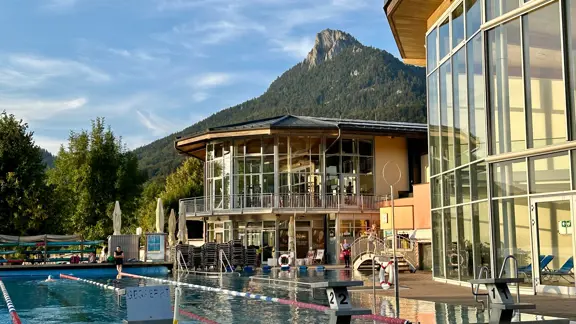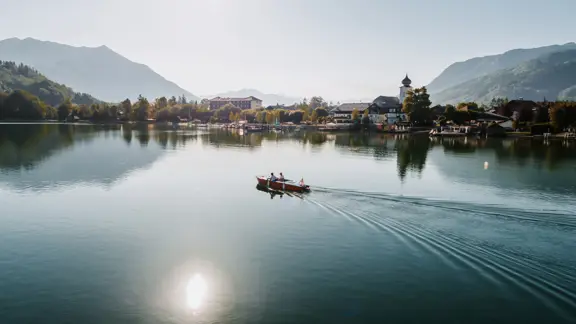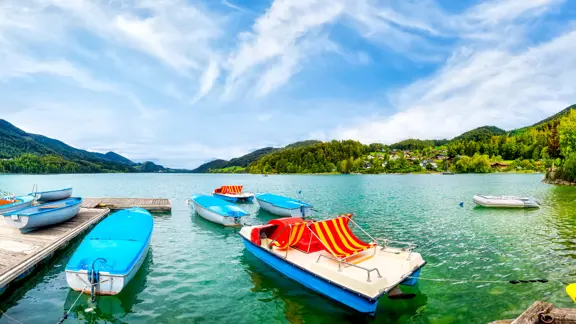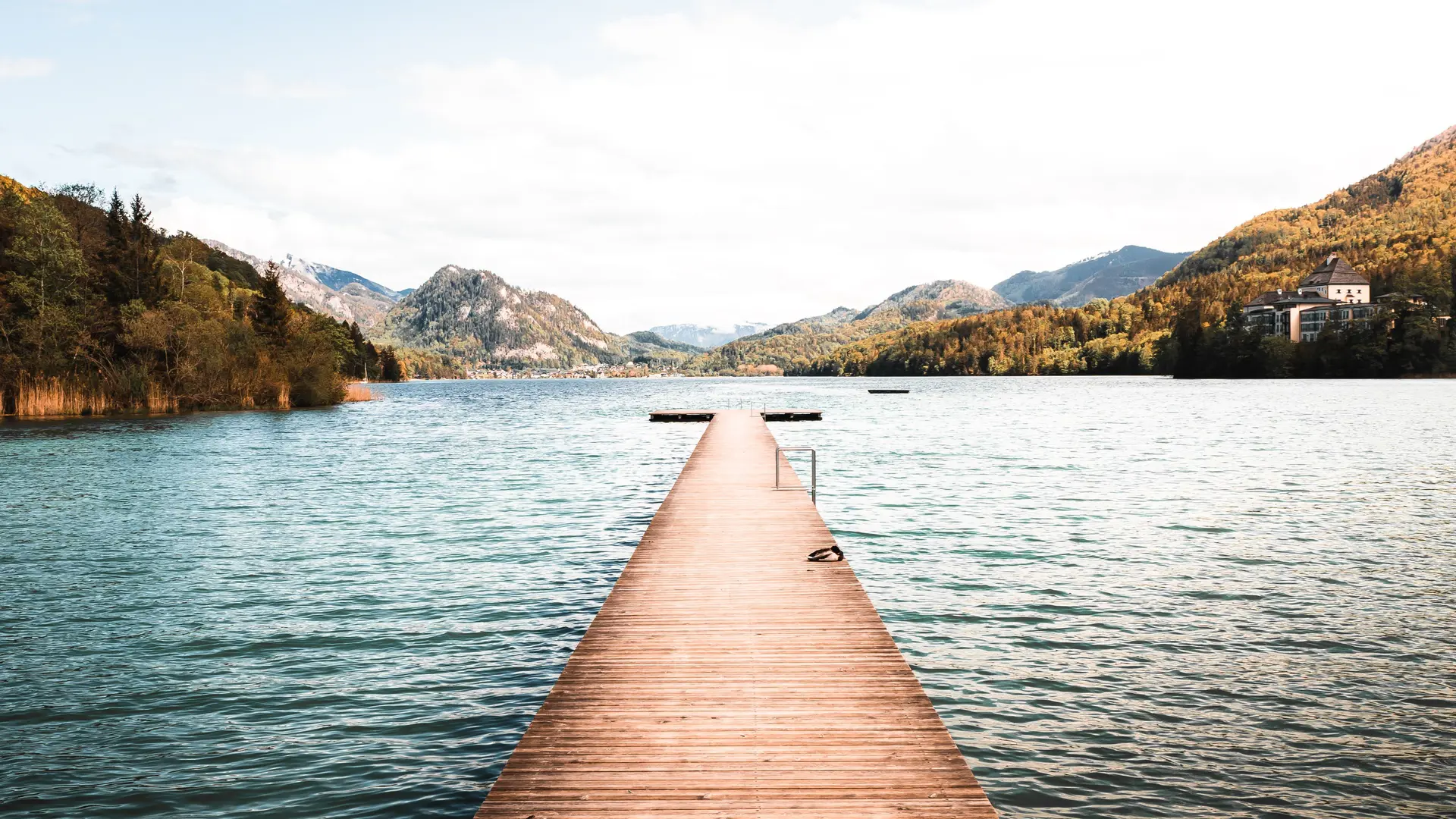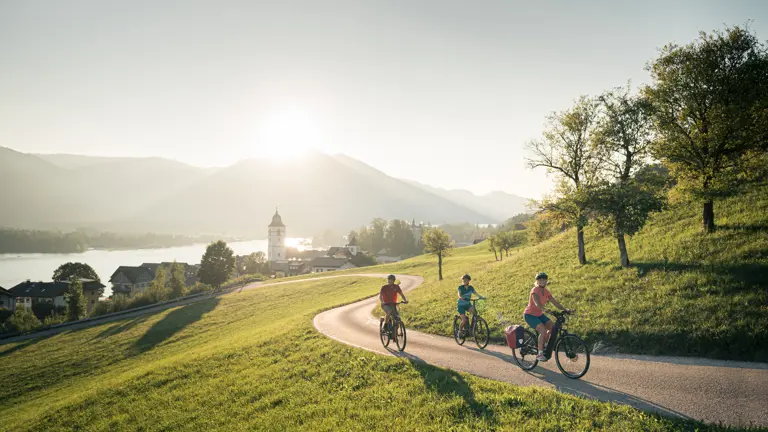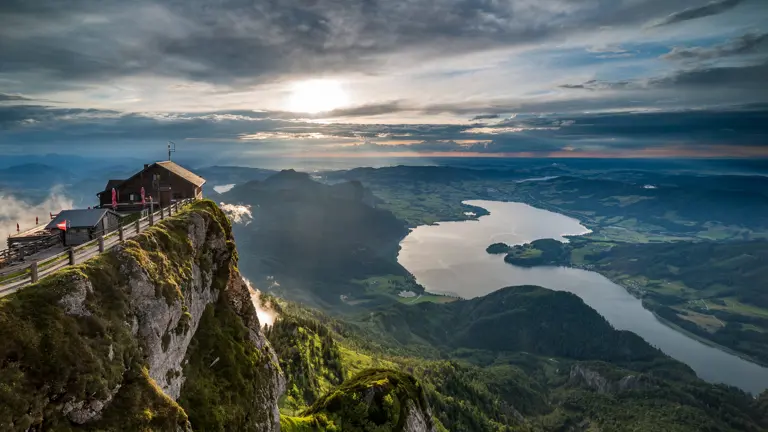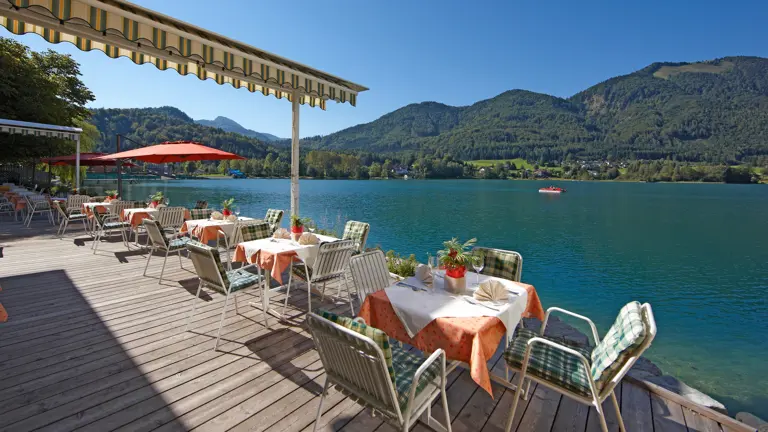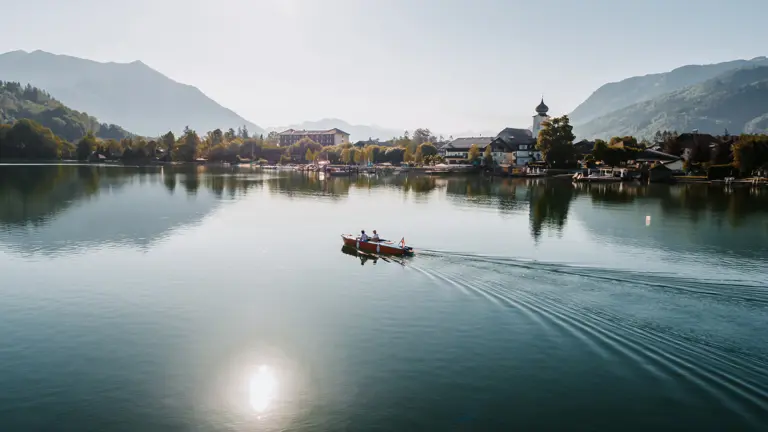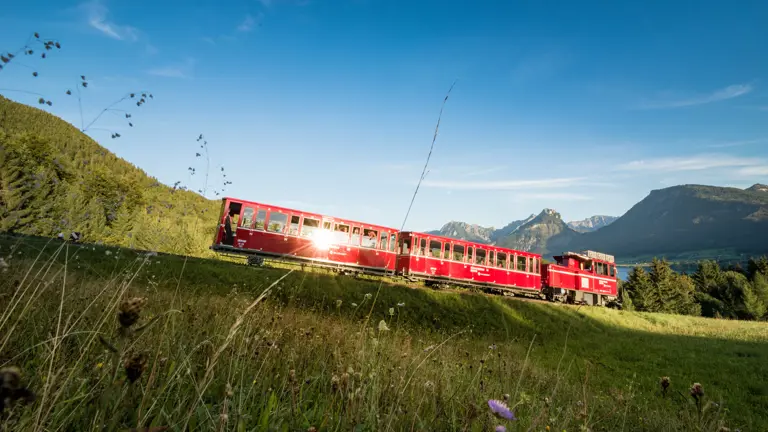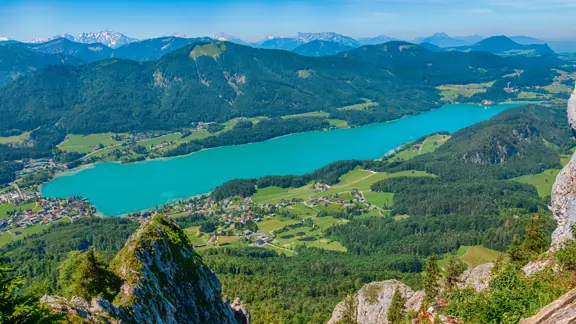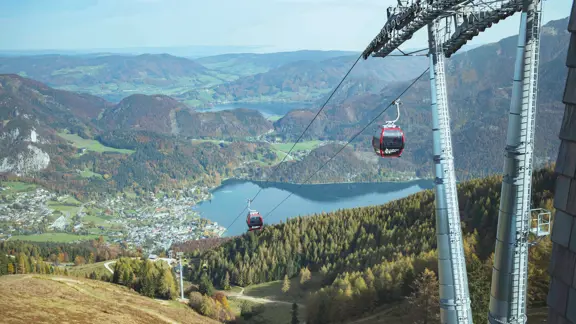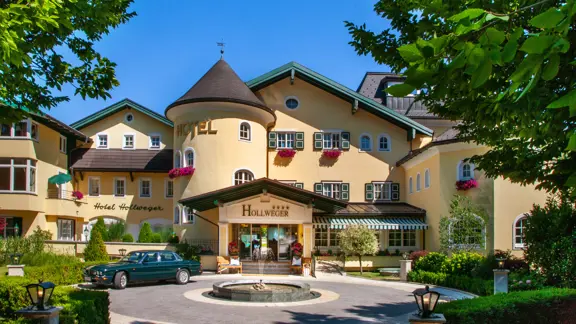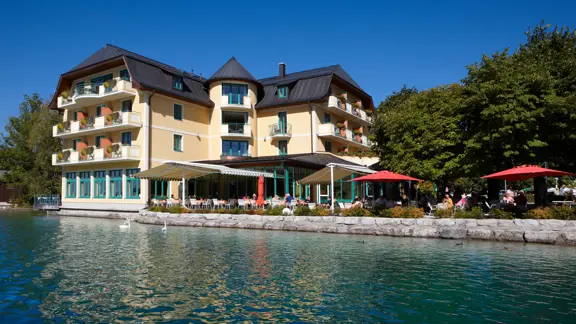The Salzkammergut at a glance
- German
- Euro (EUR)
- Time zone GMT+1
Discover peaceful trails, lakeside views and alpine charm on a walking holiday in the Salzkammergut
- Gentle walks with glorious views
- Charming villages & alpine culture
- Tranquil lakes, boat rides and forest trails
Walking holidays in The Salzkammergut
The Salzkammergut is Austria’s lake district – and it’s every bit as beautiful as that sounds. A place of glistening lakes, rolling meadows and charming villages, it’s a dream setting for a walking holiday. Trails here range from easy shoreline strolls to forest paths and ridge walks with wide-open views. Add in fresh mountain air, peaceful countryside and just the right number of pit stops for coffee and cake, and you’ve got a destination that’s both refreshing and rewarding.
Main image: (copyright Daniel J Schwarz Unsplash)
This is an ideal region for gentle walks – the kind where the views keep changing but the gradients stay friendly. Many routes start right in the villages and wind through meadows, woodlands and along the water’s edge. They’re well marked, rarely too strenuous, and often lead to lakeside cafés or welcoming mountain huts, making it easy to get a real taste of the Salzkammergut at your own pace.
The lakes are the true stars of the Salzkammergut. Clear, calm and backed by mountain silhouettes, they offer the kind of peaceful beauty that encourages you to slow down and soak it all in. Fuschl am See is particularly tranquil – no motorboats are allowed – and many hotels have their own lidos with free boat hire. On Lake Wolfang, ferries and paddle steamers link St. Gilgen to the other main towns, so you can combine walking with a bit of scenic sailing too.
The region’s villages are as picturesque as the landscapes that surround them. St. Gilgen and Fuschl am See are picture-postcard perfect, with traditional chalets, flower-filled balconies and mountain backdrops. Nearby St. Wolfgang adds a little extra culture, with classical concerts in its medieval centre and a nostalgic cog railway that climbs up the Schafberg for one of the best views in the region.
The best of the Salzkammergut
Resorts in The Salzkammergut
Things to do in the Salzkammergut
